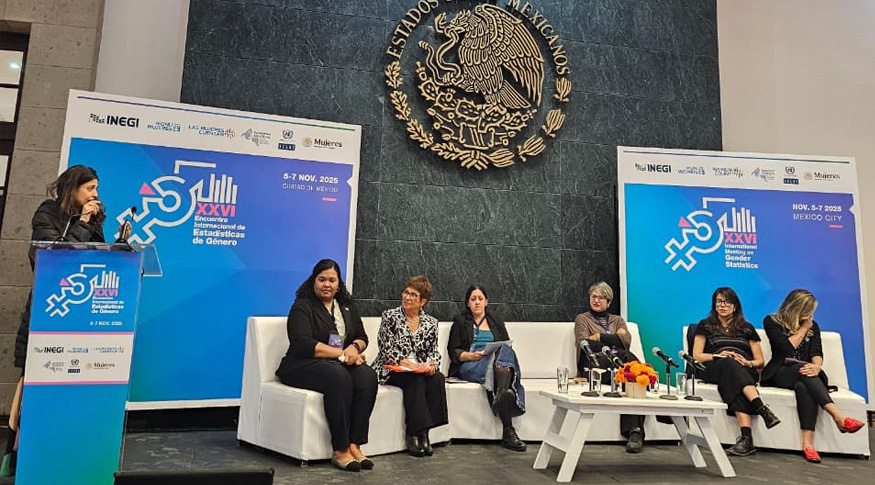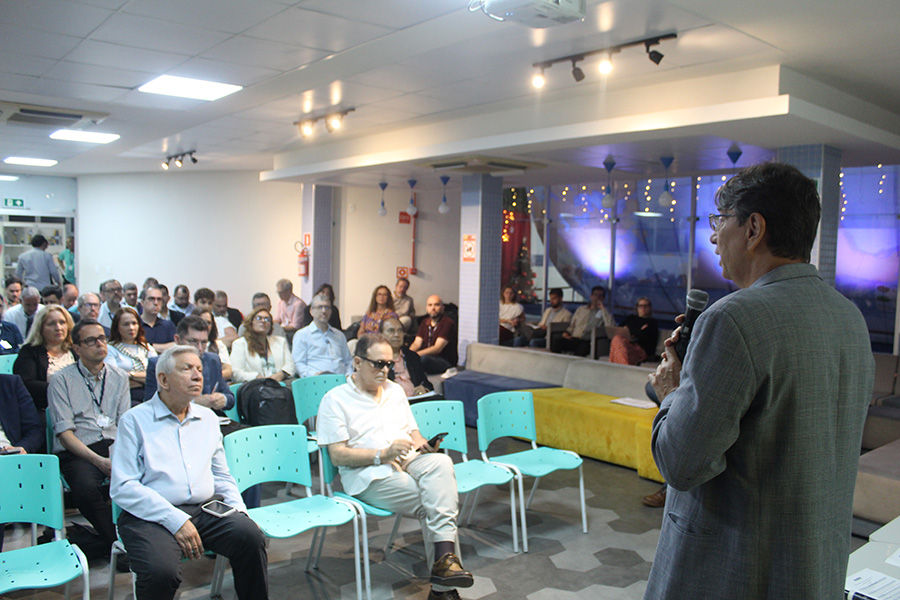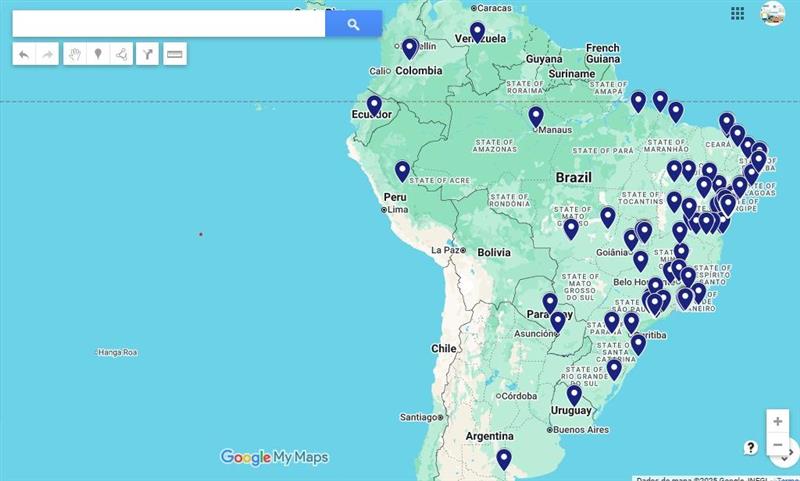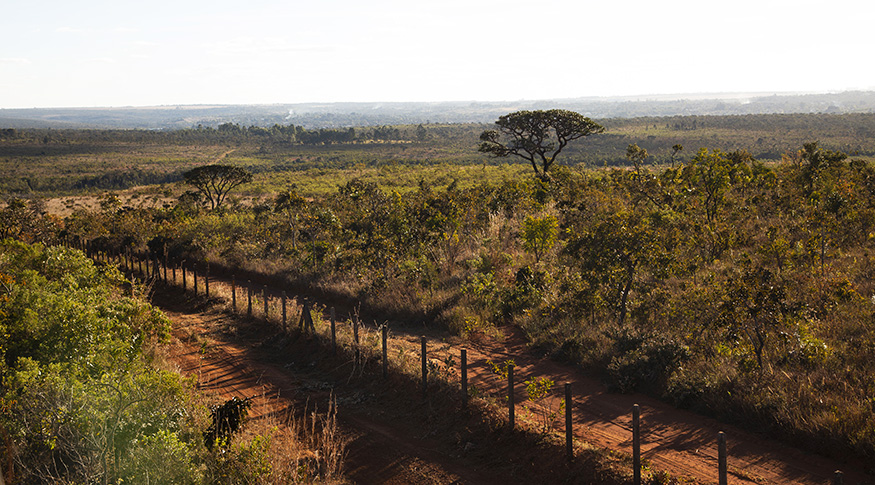Continuous PNAD
Unemployment remains stable in all states in Q1, except for Amapá, where it dropped
May 13, 2022 09h00 AM | Last Updated: May 13, 2022 01h16 PM
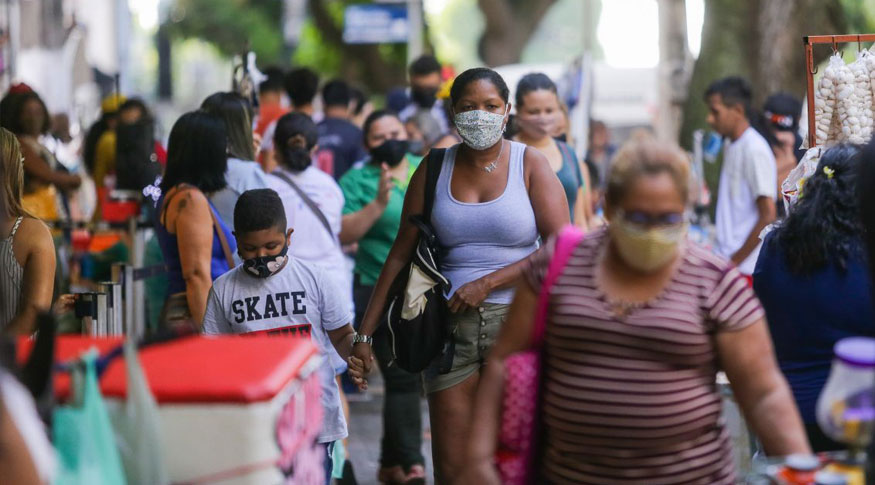
Compared with the previous quarter, the unemployment rate remained stable in 26 Federation Units in the first quarter of 2022, reflecting the stability of the national average (11.1%). The only drop occurred in Amapá (14.2%), which changed -3.3 p.p. in relation to the fourth quarter of 2021. The data came from the Continuous National Household Sample Survey - Continuous PNAD, released today (13) by the IBGE. The results are also available on the PNAD Dashboard, which brings interactive maps and graphs with regional data.
All the Major Regions registered stable unemployment rates compared with the fourth quarter last year, being the Northeast (14.9%) the highest index along all the quarters analyzed. The South Region recorded the lowest one: 6.5%.
Stable in nearly all the states, the highest unemployment rates were registered in Bahia (17.6%), Pernambuco (17.0%) and Rio de Janeiro (14.9%), and the lowest ones were recorded in Santa Catarina (4.5%), Mato Grosso (5.3%) and Mato Grosso do Sul (6.5%).
In Amapá, the only state to drop, the rate retreated 3.3 p.p., changing from 17.5% in the fourth quarter of 2021 to 14.2% in the first quarter this year. “Nevertheless, this drop is not due to an increase in the number of employed persons, but rather to the smaller pressure of unemployed persons looking for a job in the state. The number of persons in the workforce fell 7.3% and the contingent out of the workforce increased 10.4%,” analyzes Adriana Beringuy, the IBGE coordinator of Labor and Income.
The number of employed persons in Brazil stayed at 95.3 million, comprising 67.1% of employees, 4.3% of employers, 26.5% of self-employed workers and 2.0% of assisting family workers.
The highest percentages of self-employed workers were recorded in Amapá (35.9%), Amazonas (35.7%), Pará (34.6%) and Rondônia (32.4%), all of them belonging to the North Region. The highest percentage of informal workers was also registered in Pará (62.9%). The North and Northeast concentrate the highest percentages of those professional categories.
On the other hand, the Southeast (69.7%) and Central-West (71.0%) reported the largest shares of employed categories. Santa Catarina (88.2%) was the state with the highest percentage of workers with a formal contract in the private sector. In contrast, less than half had a formal contract in Maranhão (47.3%).
Average earnings grows only in the state of São Paulo
In the first quarter this year, the monthly average earnings received by workers were estimated at R$2,548, an increase of 1.5% in relation to the last quarter of 2021 (R$2,510). However, this value is 8.7% smaller than that in the first quarter last year (R$2,789).
Compared with the fourth quarter of 2021, only the North (R$1,985) and Southeast (R$2,875) regions significantly expanded the average earnings. Although the average earnings slightly increased in most Federation Units, São Paulo was the only state to increase them significantly (R$3,107),” adds Adriana Beringuy.
Unemployment among men and white persons stands below the national average
The quarterly Continuous PNAD also shows that while the unemployment rates of white persons (8.9%) and of men (9.1%) stood below the national average (11.1%), those of women (13.7%), black persons (13.3%) and brown persons (12.9%) remained higher in the first quarter this year.
Compared with the previous quarter, unemployment by age group also remained stable in the period. Even in the case of youngsters between 18 and 24 years (22.8%), who traditionally register high unemployment rates, it did not grow, following the national scenario.
“They are youngsters still being educated, not effectively inserted in the labor market, many times employed in temporary jobs. They enter and leave the market frequently. Many times to reconcile studies with work. Other structural aspects also appear, like lack of experience and qualification. Therefore, they are routinely pressing the market,” concludes Adriana Beringuy.
More about the survey
The Continuous PNAD is the main instrument to monitor workforce in Brazil. The survey sample per quarter corresponds to 211 thousand households surveyed in Brazil. Nearly two thousand interviewers work in the survey in 26 states and in the Federal District, integrated to the data collection network of more than 500 IBGE branches.
Due to the Covid-19 pandemic, the IBGE implemented data collection by telephone on March 17, 2020. The id of the interviewers can be confirmed at the Answering the IBGE website or through the Call Center (0800 7218181) by checking their ID numbers, which can be requested by the informants. See the PNAD data on Sidra.


